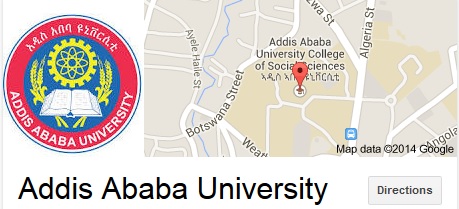Research and Publications
Research and Service Delivery
IGSSA is engaged in different research and consultancy services, and the major research areas and types of rendered services are listed as follows:
- The study of crustal structure and geodynamics of the Afar Depression and the Ethiopian Rift System;
- Evaluation of earthquake risk levels and estimation of ground accelerations for major engineering construction sites;
- The provision of advisory services on the preparation of specification for seismic monitoring equipment, site selection, installation and the training of human resource for data handling;
- Ground geophysical studies for regional geo-science mapping, mineral and groundwater resource explorations; geotechnical investigations, including landslide surveys for the planning and implementation of civil engineering projects;
- Solid waste disposal site investigations;
- The determination of high accuracy gravity values;
- The study of earth deformations using Geodetic (Global Navigation Satellite System, GNSS) and Geophysical techniques;
- The definition of vertical height system based on airborne gravity data collected in 2007-08;
- The determination of geomagnetic field parameters, for space science applications and navigation purposes;
- The study and determination of earth rotation parameters, with special emphasis on the effects of weather changes on variations of the earth’s rotation parameters;
- The precise location of geodetic points using GNSS for cadastral survey and civil engineering applications;
- The application of GPS for studies of water vapor, electrical density and related purposes;
- Developing and upgrading the National Seismic Building Code (NSBC);
For monitoring, research and specific site investigations, the institute utilizes different scientific instruments available at its custody, which include, but not limited to:
- Gurlap 3T broadband seismometer – for permanent and temporary seismic hazard monitoring;
- 24 channel Geometrics made SmarSeis Seismograph with accessories (cables, geophones, etc);
- Geometrics Proton Precision magnetometer;
- SARIS Digital resistivity meter with accessories;
- LaCoste and Romberg Gravimeter;
- GPS: TopCon, Laica, Trimble, Garmin; and
- Magnetometers measuring the vertical and horizontal geomagnetic field components as well as angles of inclination (I) and declination (D).







